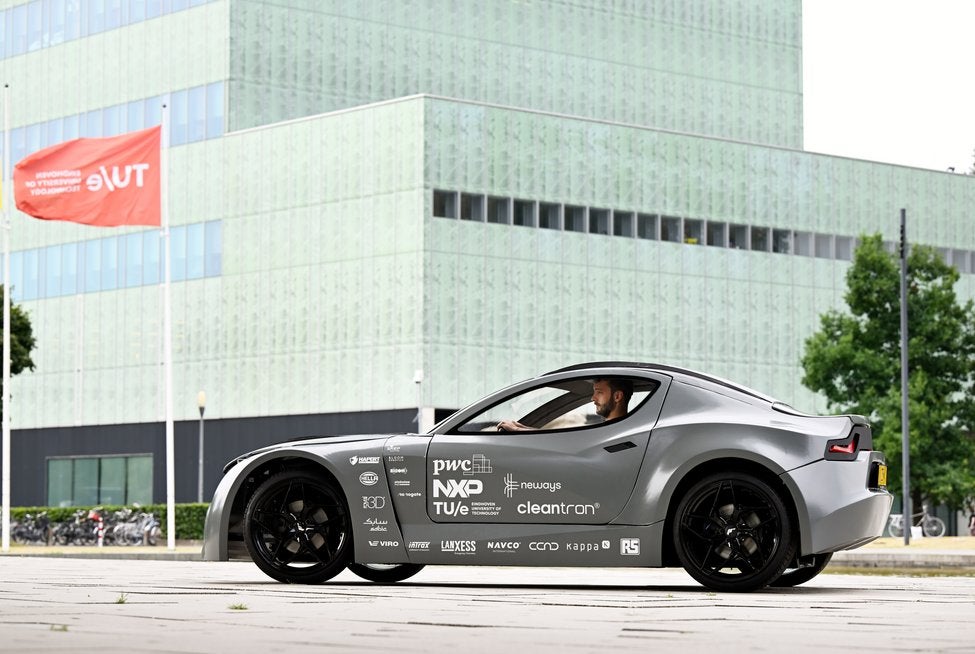A team of students at the Eindhoven University of Technology in the Netherlands has developed a sustainable electric passenger car that actually captures more carbon dioxide than it emits. The Zem purifies the air through a special filter while driving, capturing the CO2 and storing it for subsequent disposal.
The 35-strong TU/ecomotive team designed, developed and built the car so it produces almost no emissions both during the production process and on the road. The Zem can capture two kilograms of CO2 at 20,000 travel miles a year, meaning ten cars could store as much carbon as an average tree – a significant amount when considering the world’s billion passenger cars are currently one of its leading sources of emissions.

US Tariffs are shifting - will you react or anticipate?
Don’t let policy changes catch you off guard. Stay proactive with real-time data and expert analysis.
By GlobalData
The TU/ecomotive team imagines a future where the filter can be emptied at a charging station when the car stops to recharge. The Zem can currently drive 320 kilometres before the filter is full.
“It’s really still a proof-of-concept, but we can already see that we will be able to increase the capacity of the filter in the coming years,” says team manager Louise de Laat. “Capturing CO2 is a prerequisite for compensating for emissions during production and recycling.”
The team will improve the electric vehicle in the coming years, with the goal of making it carbon-neutral for its entire life cycle – from construction to use and end-of-life. To that end, the monocoque [structural shell] and body panels were manufactured using 3D printing, resulting in almost no residual waste, and the team printed circular plastics that could be shredded and reused for other projects.







